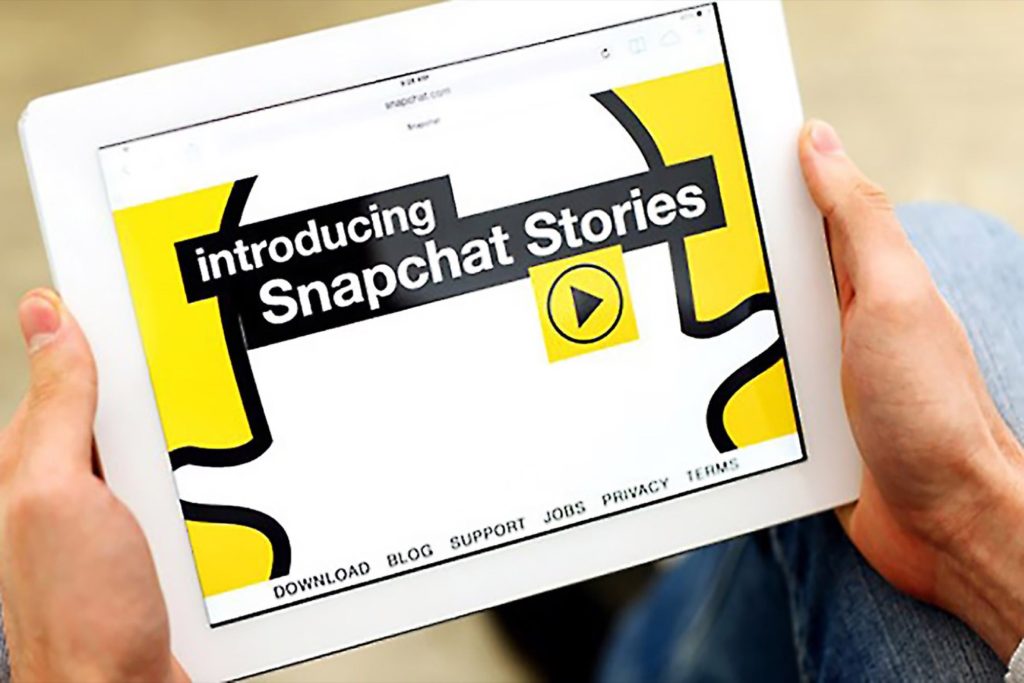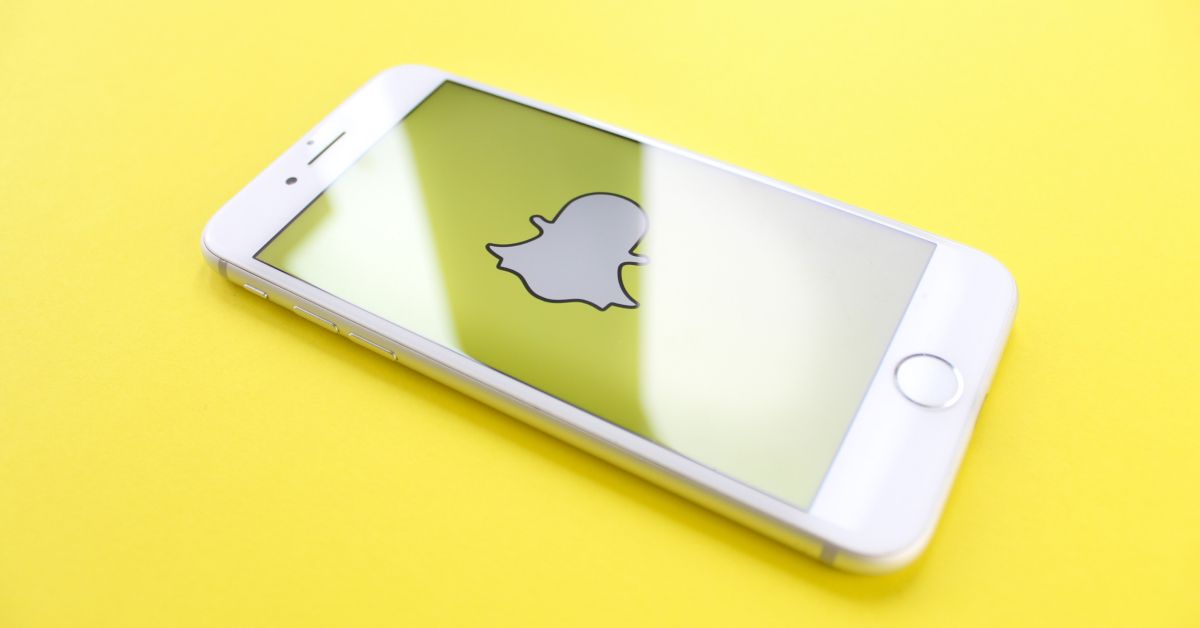Snapchat, earlier known as Picaboo, was launched on Apple App Store in July 2011. Within 3 months of its success, in September, it was relaunched as Snapchat by Snap Inc., which was originally known as Snapchat Inc. Led by CEO Evan Spiegel, it was coded by Bobby Murphy, based on an idea by Reggie Brown. Brown was dismissed from the company soon after the launch, citing no actual contributions from his side, but after a court case, he was listed as an original author of Snapchat and was paid about $150 million.
Snapchat was growing in popularity on iOS, faster than ever, when it was finally released for Android in October 2012, 15 months after its original release. In 2013, Snapchat started working on improving their design and performance, making use of improving technology. In the same year, they also introduced SnapKidz for kids to click, edit, and save pictures, without having the feature to send it to anyone. In 2017, Snapchat also launched their first hardware product, smart glasses called Spectacles. They could record a video up to 10 seconds and be shareable on Snapchat. Due to the lack of their capabilities, they were not a hit. By 2019, Snapchat became the 5th most downloaded app ever.
How was Snapchat different?
Snapchat’s motives were to not be the platform for pitch-perfect photoshopped pictures seen on Facebook, but have a much more human and real side to them. Unlike other messengers that came before Snapchat, anything sent on Snapchat would permanently disappear once viewed, unless explicitly saved. Apart from this, Snapchat offered 24-hour lasting stories, a new feature at that time, but later adapted by Facebook on all its platforms, including Instagram, Facebook itself, WhatsApp, and Messenger.

More recently, Twitter brought this same feature on its platform as Fleets. Apart from Instagram, users of no other apps welcomed it open-heartedly, calling it a cheap way of copying Snapchat’s uniqueness, but ultimately the Social Media giant Facebook adapted people into using it for all kinds of purposes.
Unique Features
The snaps clicked on Snapchat could initially be seen only for up to 10 seconds by the receiver, and the sender would know if they replayed it or screenshotted it. Later Snapchat removed the viewing limit and also allowed the replay feature from once per day to once per snap. The length of video that could be captured at once was also extended from 10 seconds to up to a minute, though they were still sent as multiple 10-second long clips.
Snapchat kept adding several features such as Snapcodes, a QR-code like unique code for each user, which can be scanned to add the user as a friend; Snapcash, a way to make payments through the private messaging on the app; Discover, for content creators to share public stories; Memories, a way to look back at saved photos clicked through the app and old stories that were posted.
The photos from memories could be put on the Snapchat story with a white boundary and date stamp, indicating that it is an old picture, but the white boundary was later removed, and the date stamp too was reduced to a little text below the username of the uploader, making them almost inseparable from the present-time stories. Memories also have a section to store private pictures protected by a four-digit pin, called “My Eyes Only”. Subsequently, Snapchat also extended support to adding links in the snaps along with many more editing tools.
Snapchat also added a rather controversial feature – Snapmap. As the name suggests, it is a map (supplied from OpenStreetMap and Mapbox), which tells you the real-time location of your friends. With major privacy issues raised by the feature, Snapchat added a Ghost Mode, where you can hide your location from everyone. Moreover, the location was only updated if the GPS of the user is on and when they are using the app.
The 8 people one talks to/ exchanges snap with the most are listed as Best Friends (in order) on the app, having a special emoji against their names. There are more such friend emojis Snapchat uses, with different customizable emojis having different meanings. There are emojis for when you have the same #1 best friend as that person does, for when you just share a best friend with the person, a birthday cake emoji in front of the person’s name on their birthday, and different heart emojis for when you two people have been each other’s #1 best friends for a certain period of time – two weeks and two months.
Also Read: Google X – The Adobe Of Google’s Most Ambitious Projects
There are also Snapstreaks – a fire emoji, along with a number, indicating the number of days you and the other person have sent each other snaps without there being any 24 hours in the middle without a snap exchange. Snapstreaks became a way for users to come back to the app every day, without skipping. It became a trend for teenagers to show off big numbers as streaks with their close friends while breaking them on purpose showing disagreement or break-up. Snapchat also shows an hourglass indicating when a streak is about to break so that users immediately send snaps to save them.
Snapchat also partnered with Bitmoji for users to create their own customizable avatar, which could further be used in different stickers, and later as an AR (Augmented Reality) version of themselves, doing a pre-designed, usually funny, act or dance.
Snapchat also introduced Lenses and Geofilters. Geofilters, varying in design based on location, let the users add a graphical image on top of their snap, indicating where it was clicked. While Augmented Reality based Lenses, which were an instant hit, allowed users to add objects on their faces (such as glasses or masks or an-animal based look or more) in real-time which would even respond on performing some actions, such as raising eyebrows or opening one’s mouth.
Privacy Concerns
Snapchat has often been a concern for security, as there is no way to know what picture was sent to whom, once it has been sent, making it even more unsafe for minors. Though the app offers a lot of privacy (including that you can not read a message from notifications), it comes at the cost of security.
In the end, Snapchat has seen a lot of success, mostly in the demographics of youngsters. Despite its flaws and security concerns, it offers its users a fun way to engage and interact with their friends.
To read more content like this, Subscribe to our newsletter.
BONUS (Infographic): Snapchat For Brands





Amazing article with full of information and the infographic is acting like a cherry on the cake. Well done Team TBH 🙂